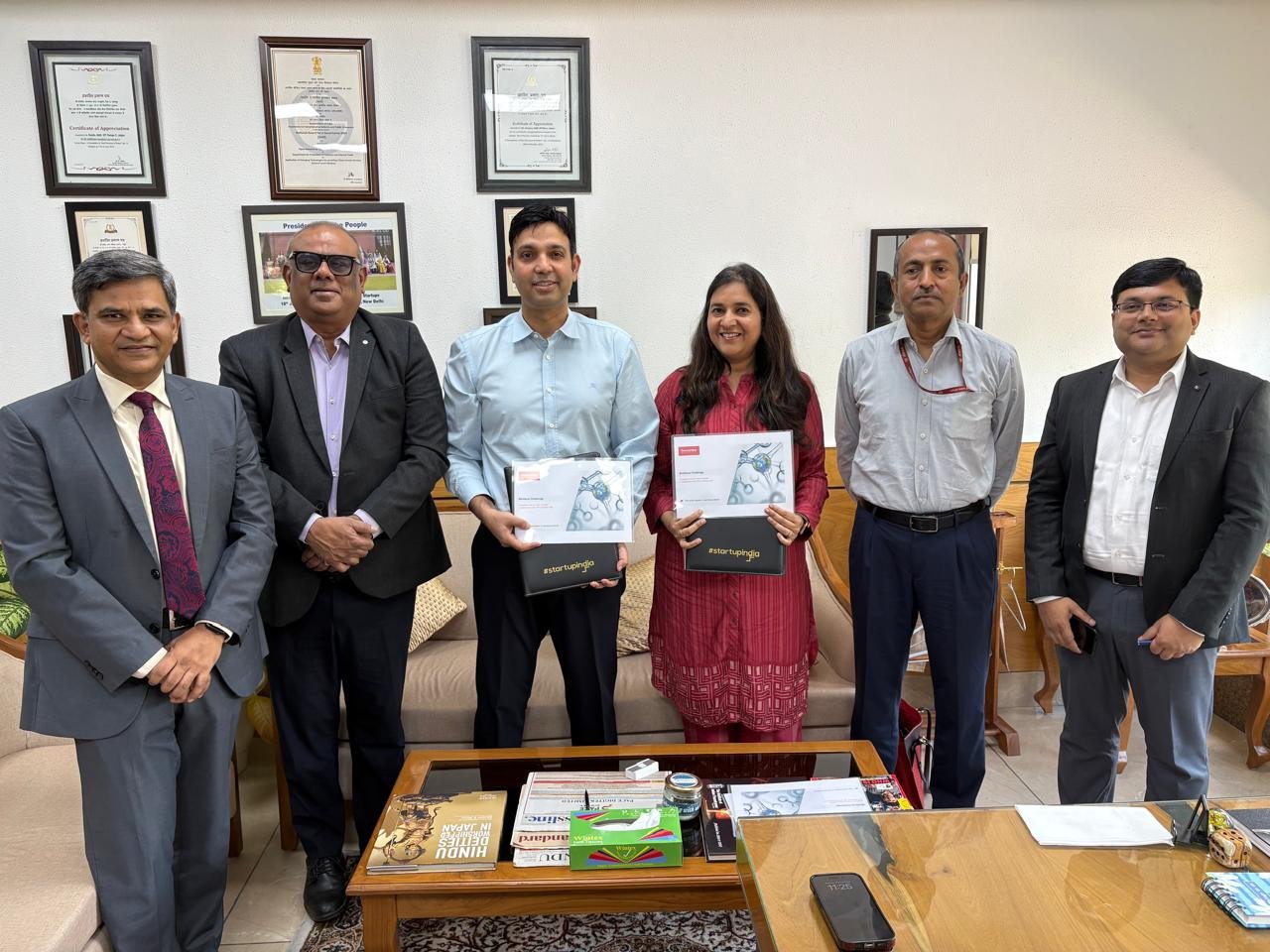Managing clinical research business in modern times
November 12, 2009 | Thursday | News
Managing clinical research business in modern times
Each area in a CRO
operation requires different type of investment and skills—it
has a long term bearing on future earnings and business growth

Clinical research business, like any other business has
its own nuances. There are a variety of activities and skills required
for each activity. It is always a challenge to build a sustainable
long-term business model, and a proper infrastructure planning at a
formative stage will help to achieve this.
If we look at the successful clinical research organizations
(CRO) in the US and Europe, they offer a wide range of services
starting from early phase development, proof of concept, phase
I–IV clinical trials, clinical data management and software
services in life sciences.
Majority of the CROs in India are feeling the heat of overcapacity,
large manpower and very few lines of business operations. They have
invested heavily in just one of the areas of clinical research such as
BA/BE studies or phase III clinical trials or data management. They are
caught in the web of sustaining current business/concentrating on
capacity utilization and managing shrinking profitability by
cost-cutting/downsizing, rather than growth and expansions.
Some of the questions constantly asked by the CEOs of CROs are:- (a)
how do you address a situation where profitability starts shrinking
from a high of 40 percent? (b) how do you retain talent in this highly
competitive market where employees are offered 100 percent hikes in
salaries year-on-year to a more realistic 10 to 15 percent increase?
(c) how do you keep abreast of growing regulatory requirements? (d) how
do you stay ahead of competition?
Strategies
There are some important considerations, which owners/CEOs should
address at a very early stage. Each area in a CRO operation requires
different type of investment and skills, and has a long term bearing on
future earnings/ growth of business.
Risk mitigation
In every business, the first strategy is to identify business risks and
work out a risk mitigation plan. First risk is to reduce dependence on
a single or few clients. Most CROs are dependent on a single or few
clients rendering themselves vulnerable to the fortunes of those
clients.
The second most important risk is disproportionate expansion
in a particular area of operation. This seems very attractive in the
short term. But CROs will be caught in the vicious cycle of
overcapacity, price war, and unwieldy manpower. It is important to draw
a limit for each line of activity and concentrate on diversification
into other areas of clinical research. The best models can be obtained
from the CROs in the West.
Productivity
Keep an eye on the productivity of each employee on the basis of volume
of activity and not on the rupee value of projects. Initially, all CROs
will see a growth in the value per project as they graduate from local
clients to foreign clients, pilot studies to pivotal studies, and zero
regulatory track record to several FDA approvals. The value graph will
flatten out due to competition as more and more CROs start catching up.
Training
Invest on people constantly. Companies invest on people in two ways.
One way is to compartmentalize employees into certain departments, and
train them well in only one area of operation. Large
corporations adopt this strategy when they have a sustainable order
pipeline, clear employee lay off contracts in case of business loss. On
one hand, this is detrimental to the interests of the employee, and
inflationary for the company on the other.
Medium sized CROs should adopt a multi-tasking training strategy. The
training programs should be designed in such a way that 25 percent of
the training component in a year should support future business
expansions or diversification plans. The employee should be allowed to
learn different sets of skills, which the company can make use of in
future. This strategy may lead to a percentage of people leaving the
organization for better prospects due to skills they acquire from this
training. However, a CRO can always strike a balance of such
variability based on its business plans and growth.
Networking
CRO industry is highly skewed towards technical skills and regulatory
compliance. It requires huge amount of time, effort and money to
set-up, expand and maintain the same. One way of being ahead of
competition is to network and compliment efforts than set up everything
under one roof. It is an accepted fact that a CRO is not expected to be
an expert in every therapeutic area under the sun, and is abreast of
every regulatory requirement laid down.
Macro Economic Factors
It is important to periodically review the benefits emerging markets
offer as a country in terms of pricing and patient load in
comparison to other low cost countries. A strategy to go global should
be in place to mitigate risks related to economic factors.
Social Factors
CRO business cannot ignore the benefits it derives from the lower
strata of the society. Most of the patients who participate in
clinical trials are from low economic background,
and who cannot afford quality medicine. CROs should actively
pursue development of better infrastructure by reaching out to
hospitals which have never heard about clinical trials. This will help
modern techniques of treatment available to a larger population.
A CRO can succeed only when its vision is a blend of three factors
– commercial gain, employee welfare and social benefits. No
CRO can succeed without skilled people and active participation of
the society. CRO industry carries a huge responsibility to
the society. The focus should be on delivering quality service by
developing people and building good infrastructure.










